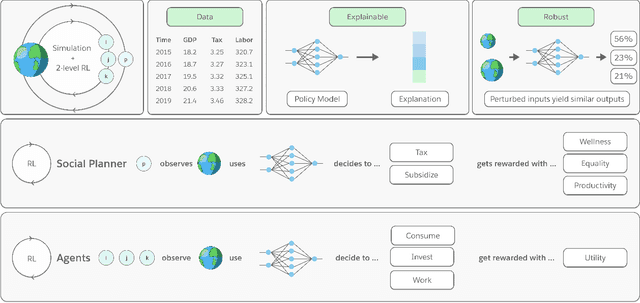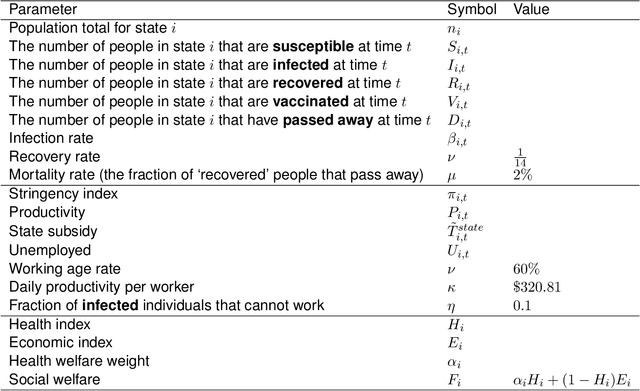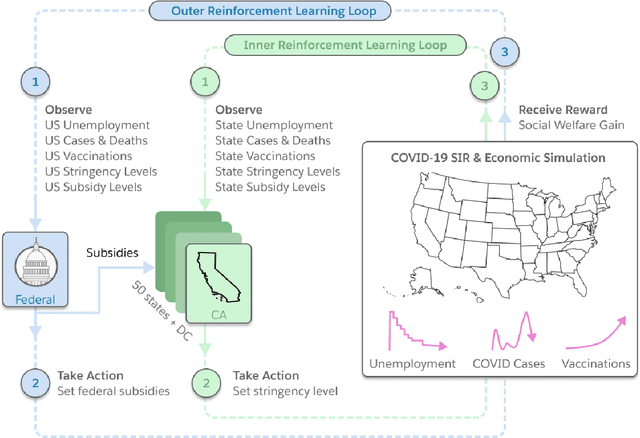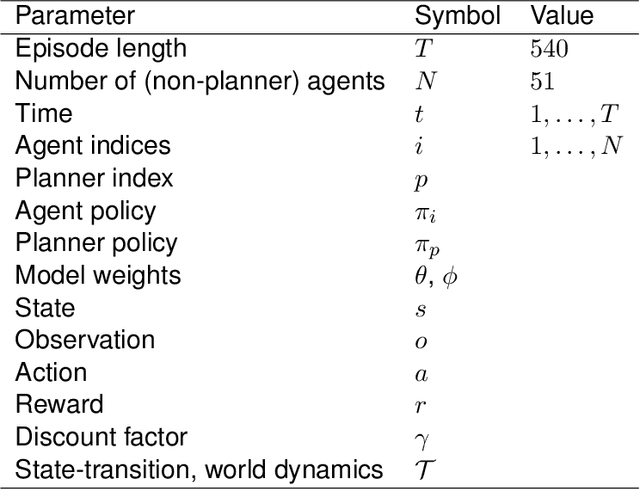Douwe van der Wal
Improved Multimodal Fusion for Small Datasets with Auxiliary Supervision
Apr 01, 2023Abstract:Prostate cancer is one of the leading causes of cancer-related death in men worldwide. Like many cancers, diagnosis involves expert integration of heterogeneous patient information such as imaging, clinical risk factors, and more. For this reason, there have been many recent efforts toward deep multimodal fusion of image and non-image data for clinical decision tasks. Many of these studies propose methods to fuse learned features from each patient modality, providing significant downstream improvements with techniques like cross-modal attention gating, Kronecker product fusion, orthogonality regularization, and more. While these enhanced fusion operations can improve upon feature concatenation, they often come with an extremely high learning capacity, meaning they are likely to overfit when applied even to small or low-dimensional datasets. Rather than designing a highly expressive fusion operation, we propose three simple methods for improved multimodal fusion with small datasets that aid optimization by generating auxiliary sources of supervision during training: extra supervision, clinical prediction, and dense fusion. We validate the proposed approaches on prostate cancer diagnosis from paired histopathology imaging and tabular clinical features. The proposed methods are straightforward to implement and can be applied to any classification task with paired image and non-image data.
Building a Foundation for Data-Driven, Interpretable, and Robust Policy Design using the AI Economist
Aug 06, 2021



Abstract:Optimizing economic and public policy is critical to address socioeconomic issues and trade-offs, e.g., improving equality, productivity, or wellness, and poses a complex mechanism design problem. A policy designer needs to consider multiple objectives, policy levers, and behavioral responses from strategic actors who optimize for their individual objectives. Moreover, real-world policies should be explainable and robust to simulation-to-reality gaps, e.g., due to calibration issues. Existing approaches are often limited to a narrow set of policy levers or objectives that are hard to measure, do not yield explicit optimal policies, or do not consider strategic behavior, for example. Hence, it remains challenging to optimize policy in real-world scenarios. Here we show that the AI Economist framework enables effective, flexible, and interpretable policy design using two-level reinforcement learning (RL) and data-driven simulations. We validate our framework on optimizing the stringency of US state policies and Federal subsidies during a pandemic, e.g., COVID-19, using a simulation fitted to real data. We find that log-linear policies trained using RL significantly improve social welfare, based on both public health and economic outcomes, compared to past outcomes. Their behavior can be explained, e.g., well-performing policies respond strongly to changes in recovery and vaccination rates. They are also robust to calibration errors, e.g., infection rates that are over or underestimated. As of yet, real-world policymaking has not seen adoption of machine learning methods at large, including RL and AI-driven simulations. Our results show the potential of AI to guide policy design and improve social welfare amidst the complexity of the real world.
 Add to Chrome
Add to Chrome Add to Firefox
Add to Firefox Add to Edge
Add to Edge